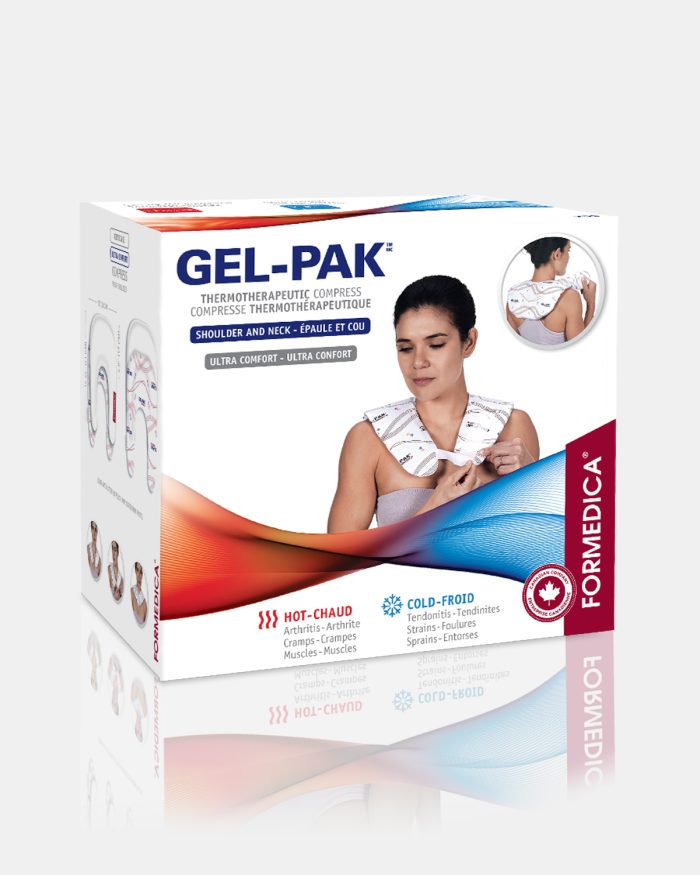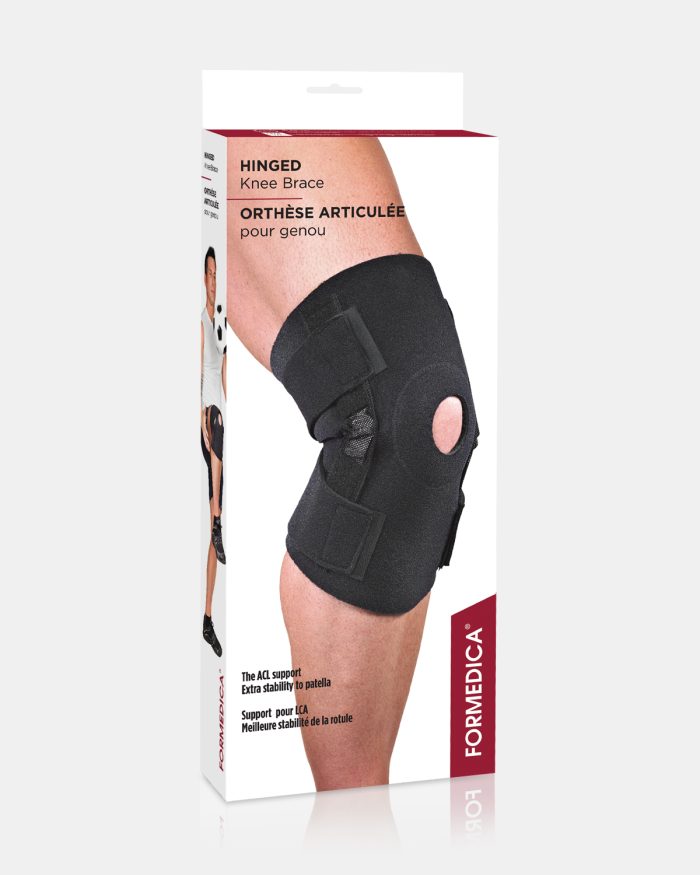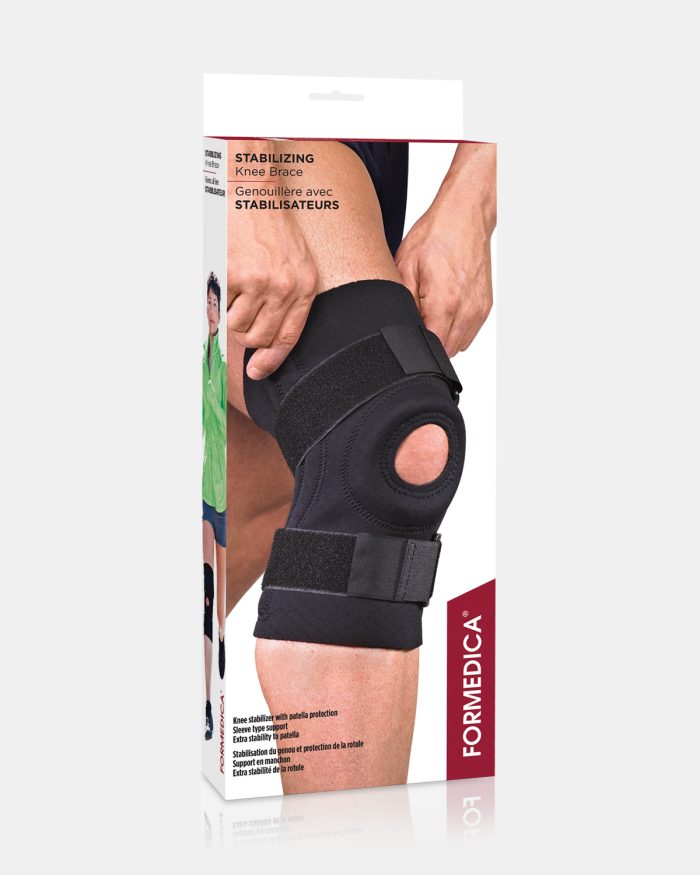The patellofemoral syndrome (PFS) is characterized by irritation of the knee joint cartilage, between the thigh bone (femur) and the kneecap (also known as patella).
It tends to occur when the joint is overused; for instance, by suddenly increasing the intensity of an exercise. Athletes are therefore particularly prone to this type of pathology.
This syndrome can also result from poor alignment of the kneecap and femur, a problem that is often hereditary.
What are the symptoms of PFS?
The main symptom of the patellofemoral syndrome is pain around the kneecap, mainly in front of the knee. Pain can be severe and sporadic, or chronic.
At first, pain is felt after exercising. However, if treatment is neglected, it can intensify and hamper certain movements.
Other common symptoms include:
- Crackling and cracking, sometimes loudly, in the knee
- Kneecap pain when sitting with insufficient room to stretch legs; for instance, at the movie theatre – which explains why this syndrome is also sometimes called “moviegoer’s knee”.
- Pain that intensifies when using stairs or kneeling
- Occasional but sudden buckling feeling
- In rare cases, swelling or light oedema.
Who is most at risk to suffer from PFS?
Musculoskeletal disorders typically result from overusing joints; for instance, by repeating the same movement too often or holding a certain position for too long. With respect to the patellofemoral syndrome, those most at risk include:
- Athletes, particularly joggers; cyclists; soccer, basketball and volleyball players; dancers – in short, all sports that rely heavily on the knees, or entail frequent jumping.
- Electricians, masons, plumbers, floor covering installers, gardeners – all those who work in a crouched or kneeled position, or carry heavy loads.
- Mailmen and deliverymen who are forced to climb stairs regularly.
How is PFS treated?
It is important to note that knee pain should require immediate medical consultation to obtain an accurate diagnostic that will allow you to begin treatment promptly. The longer you delay treatment, the harder it will be to treat your pain. Neglecting to treat PFS increases your risk of symptoms worsening and affecting other joints.
Acute phase
Generally, the acute phase of PFS comes shortly after an injury, and can last for more than 10 days. Initial treatment will seek to reduce swelling and relieve pain with very simple methods:
Rest
If your knee is painful and swollen, rest is essential. This means that it is crucial to reduce the frequency of the activities that cause you pain.
Ice
Apply an ice pack or a cold gel compress to your knee for 15 minutes, at least twice a day, as well as after exercising.
Anti-inflammatory
When pain is very intense, an anti-inflammatory drug can bring relief. However note that some anti-inflammatory medication should not be taken over a prolonged period. If pain persists, medical consultation is required.
Rehabilitation phase
To completely suppress PFS, it is important to strengthen the thigh muscles (quadriceps) so as to rebalance their endurance, and allow them to hold the kneecap in its place. Depending on the diagnosis of your physician, you may be referred to a specialist, or advised to wear an orthopaedic device.
Physical therapy
In severe cases, physiotherapy is often recommended. After a thorough evaluation of your condition (namely, your flexibility, muscular strength, gait and the stability and alignment of your knee), a physiotherapist will recommend therapeutic treatments and strengthening exercises for your situation.
Orthotics
Orthotics could also be recommended.
Plantar orthotics
Your physician may choose to refer you to a specialist who is qualified to make custom-fitted plantar orthotics. These devises will stabilize and realign your ankle, leg, knee and hip. In the case of PFS, they contribute to proper re-alignment, and relieve your symptoms.
Knee orthotics
In the most severe cases, knee orthoses (or braces) are sometimes recommended. They contribute to the stability of your knee and kneecap, as well as protect your joint when walking or exercising.
Exercise
Putting a stop to all physical activity is never recommended since doing so prevents the cartilage from fully regenerating. Some sports do not put as much stress on your knees and are therefore recommended: swimming, light jogging, slow walking and skating.
To learn more
http://www.passeportsante.net/fr/Maux/Problemes/Fiche.aspx?doc=troubles_musculosquelettiques_genou_pm
http://www.cliniquedupiedequilibre.com/problemes-de-pieds/douleurs-aux-genoux/syndrome-femoro-rotulien


